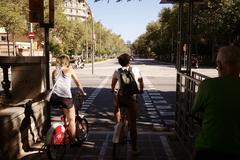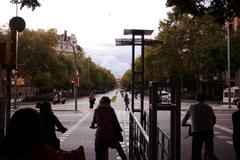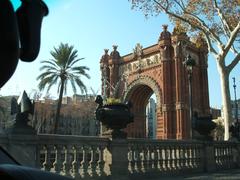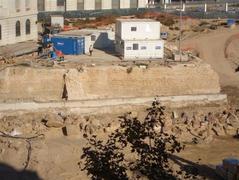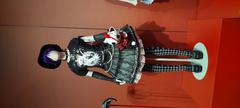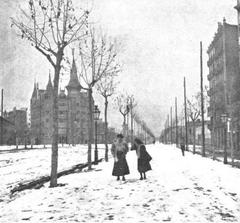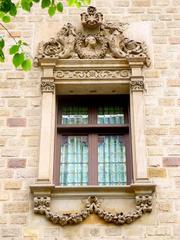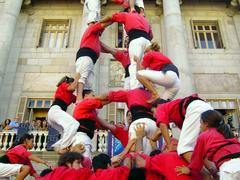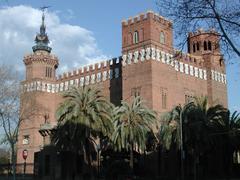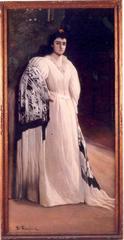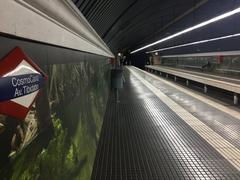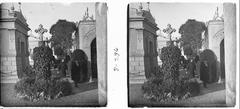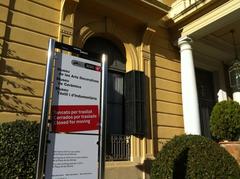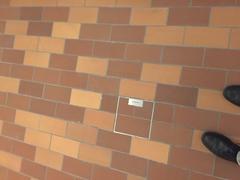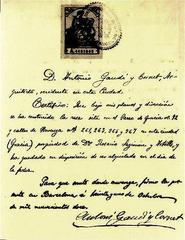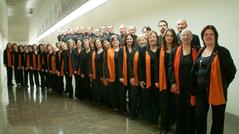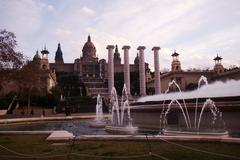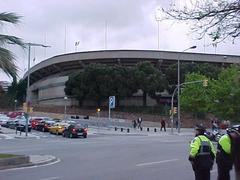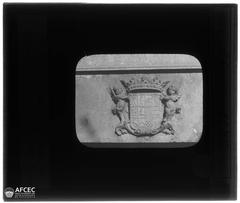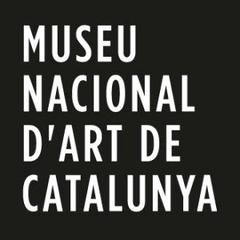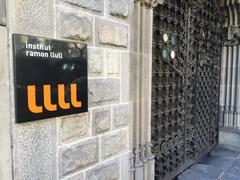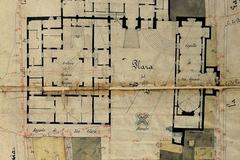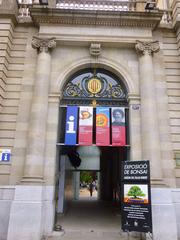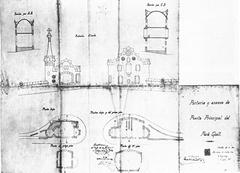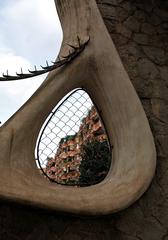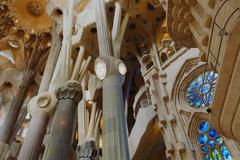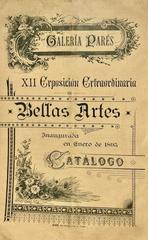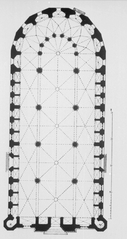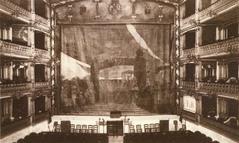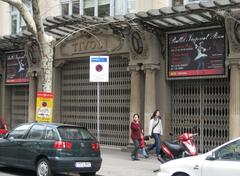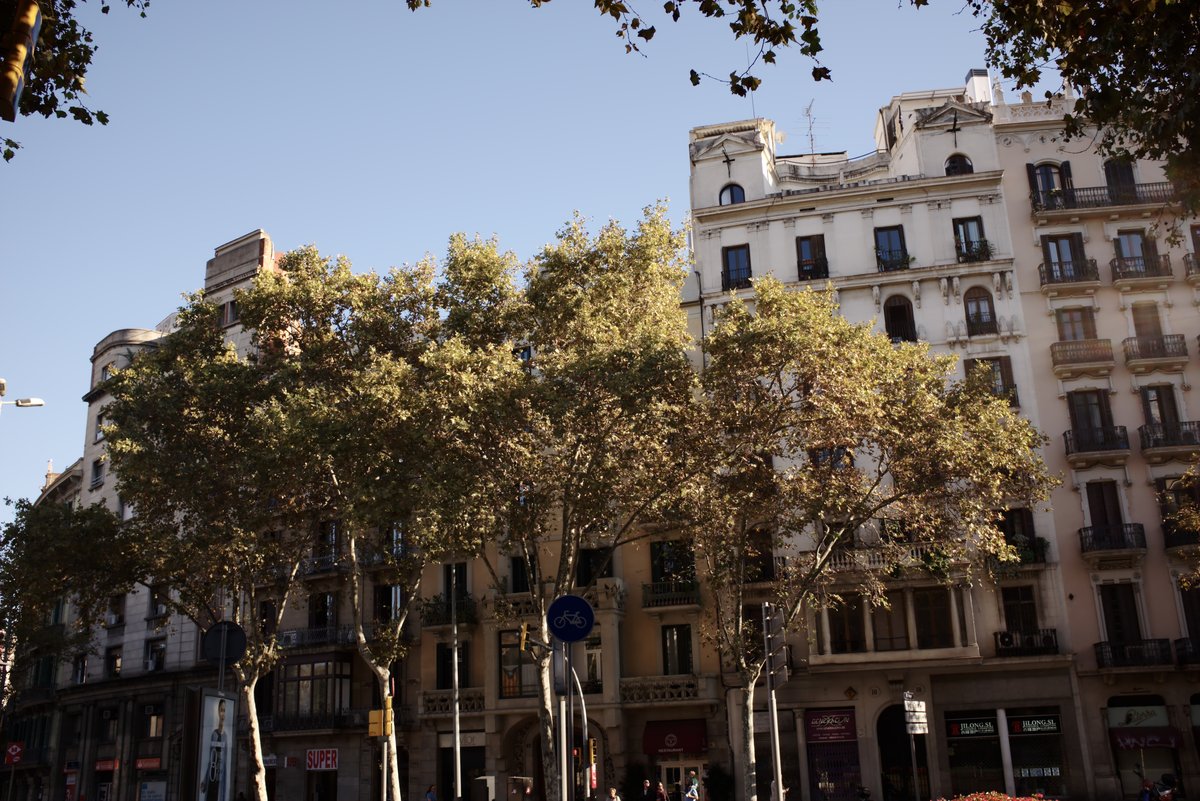
Comprehensive Guide to Visiting Plaça De Tetuan, Barcelona, Spain
Date: 16/08/2024
Introduction
Plaça de Tetuan, located in the Eixample district of Barcelona, is a historically rich and culturally significant urban square that invites exploration and reflection. Named after the Battle of Tétouan in 1860, where Spanish forces, including Catalan volunteers led by General Joan Prim, achieved a significant military victory, the square embodies layers of history, political transformations, and cultural evolution (Wikiwand). Initially named after Hermenegildo Giner de los Ríos, a progressive pedagogue, the square’s identity has evolved through Spain’s complex history, including changes during the Francoist dictatorship (Urbs Travel). Central to Plaça de Tetuan is the striking Monument to Doctor Bartomeu Robert, an embodiment of Catalan Modernism created by sculptor Josep Llimona. This monument not only honors Doctor Robert, a significant figure in Catalan history, but also symbolizes the resilience and cultural pride of the Catalan people (Wikipedia). As a green oasis amidst the bustling city, Plaça de Tetuan offers a serene space for social gatherings, relaxation, and reflection, making it a must-visit for those exploring Barcelona (The Monumentous).
Table of Contents
- Introduction
- Historical Background
- Architectural Significance
- Cultural and Social Impact
- Transportation and Accessibility
- Visitor Tips
- Conclusion
Historical Background
Origins and Naming
Plaça de Tetuan is named after the 1860 Battle of Tétouan, a significant event where Spanish forces led by General Joan Prim and Catalan volunteers besieged and occupied the Moroccan city of Tetuan. This name reflects Spain’s colonial past and military achievements (Wikiwand).
Early Designation
Initially, the square was named after Hermenegildo Giner de los Ríos, a progressive pedagogue and politician who co-founded the Institución Libre de Enseñanza in 1876. This institution promoted secular education, emphasizing intellectual freedom and scientific inquiry (Urbs Travel).
Francoist Era Changes
During the Francoist dictatorship, the square’s name was changed to Plaça de Tetuan as part of a broader campaign to replace liberal symbols with nationalist and colonial references (Urbs Travel).
Monument to Doctor Bartomeu Robert
A central feature of Plaça de Tetuan is the Monument to Doctor Bartomeu Robert, a 12-meter high Art Nouveau structure created by sculptor Josep Llimona. Doctor Robert was a Catalan nationalist and a prominent figure in Barcelona’s history (Wikipedia).
Dismantling and Reinstallation
The monument was dismantled during the Francoist regime and stored for nearly half a century. In 1985, it was restored and reinstalled in Plaça de Tetuan, symbolizing the resilience of Catalan culture (The Monumentous).
Architectural Significance
The Monument to Doctor Bartomeu Robert is a striking example of Catalan Modernism, featuring tree-like columns and arches, bronze and stone statues, and a bust of Doctor Robert (Barcelona Lowdown).
Cultural and Social Impact
Proximity to Other Landmarks
Plaça de Tetuan is strategically located near significant landmarks such as the Arc de Triomf, Parc de la Ciutadella, and the Sagrada Família (Wikipedia).
Modern-Day Relevance
Today, Plaça de Tetuan stands as a symbol of Barcelona’s rich history and cultural heritage, reflecting the city’s journey through various political regimes (Urbs Travel).
Transportation and Accessibility
Plaça de Tetuan is well-connected by public transportation, including the Tetuan metro station (line L2) and several bus routes, making it easy to reach other parts of the city (Wikipedia).
Visitor Tips
For those planning to visit, it is advisable to explore the square during the day to fully appreciate its features. The surrounding area offers dining and shopping opportunities, making it a great starting point for a day of sightseeing. Public transportation is recommended to avoid parking hassles (The Geographical Cure).
FAQ
Q: What are the visiting hours for Plaça de Tetuan? A: Plaça de Tetuan is open 24/7 to the public.
Q: Is there an entrance fee for Plaça de Tetuan? A: No, there is no entrance fee to visit Plaça de Tetuan.
Q: Are guided tours available? A: Yes, guided tours are available and can be booked through various tour operators in Barcelona.
Q: What are some nearby attractions? A: Nearby attractions include the Arc de Triomf, Parc de la Ciutadella, and the Sagrada Família.
Conclusion
Plaça de Tetuan stands as a testament to Barcelona’s rich historical tapestry and cultural resilience. From its origins linked to the Battle of Tétouan to the Francoist era’s renaming and the eventual restoration of the Monument to Doctor Bartomeu Robert, the square encapsulates the city’s journey through varying political regimes and cultural shifts (Urbs Travel). Today, it serves not only as a historical site but also as a vibrant public space that fosters social interactions and community activities. Its proximity to other significant landmarks, such as the Arc de Triomf and the Sagrada Família, further enhances its appeal to visitors (Wikipedia). Well-connected by public transportation, Plaça de Tetuan is easily accessible and offers a rich experience for those keen to delve into Barcelona’s past and present (Wikipedia). Whether you’re a history enthusiast, an architecture aficionado, or simply looking for a tranquil spot in the heart of the city, Plaça de Tetuan is a destination that should not be missed.
References
- Plaça de Tetuan, Barcelona. (n.d.). Wikiwand. source url
- History of Plaza de Tetuan. (n.d.). Urbs Travel. source url
- Plaça de Tetuan, Barcelona. (n.d.). Wikipedia. source url
- Monument to Doctor Bartomeu Robert. (n.d.). The Monumentous. source url
- Tips for Visiting Barcelona. (n.d.). The Geographical Cure. source url
- Monument to Dr. Robert. (n.d.). Barcelona Turisme. source url
- Dr. Bartomeu Robert Monument by Catalan. (2010). Barcelona Photoblog. source url
- 10 Best Things to Do Around Plaça de Catalunya in Barcelona. (n.d.). Discover Walks. source url

